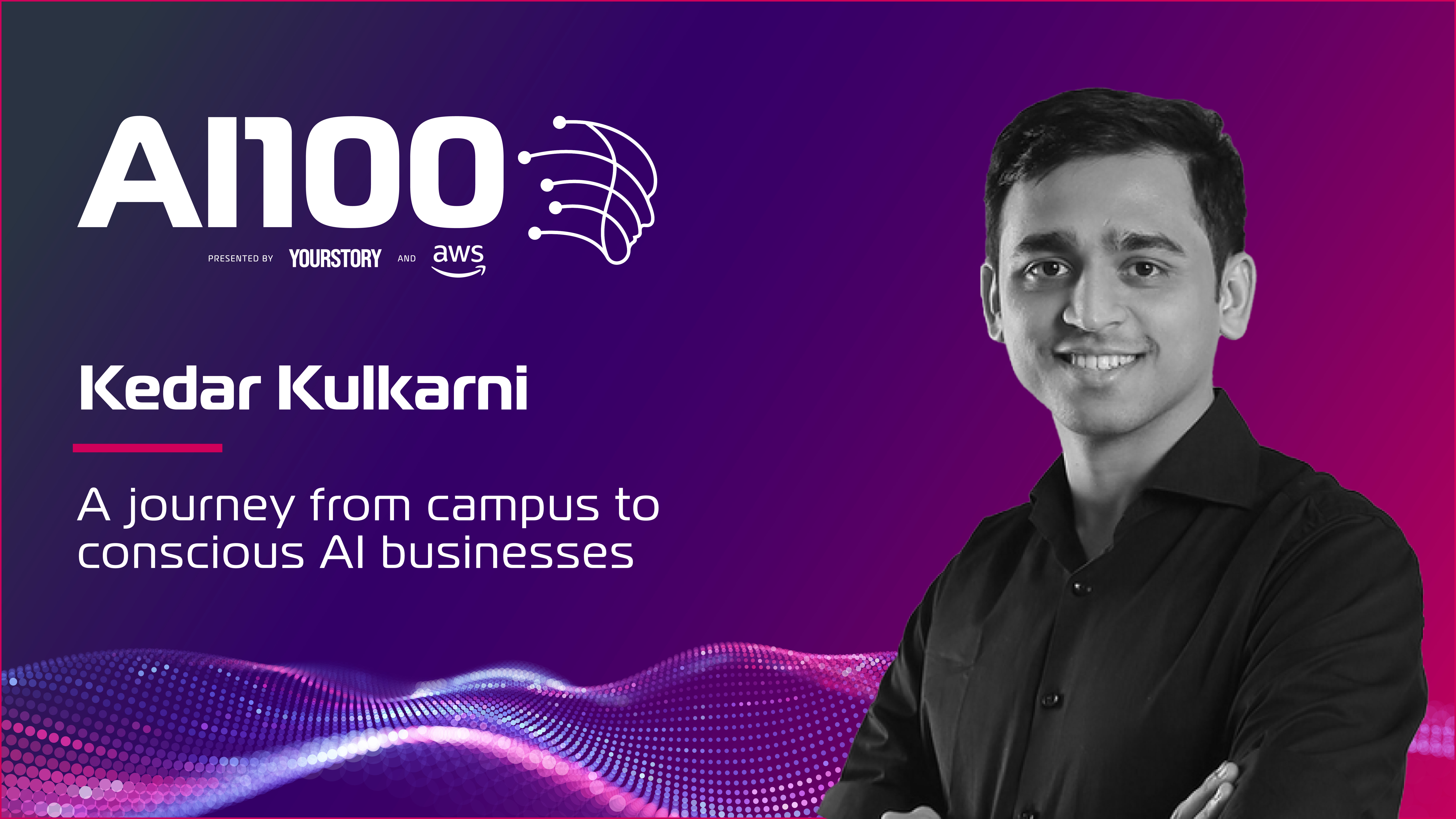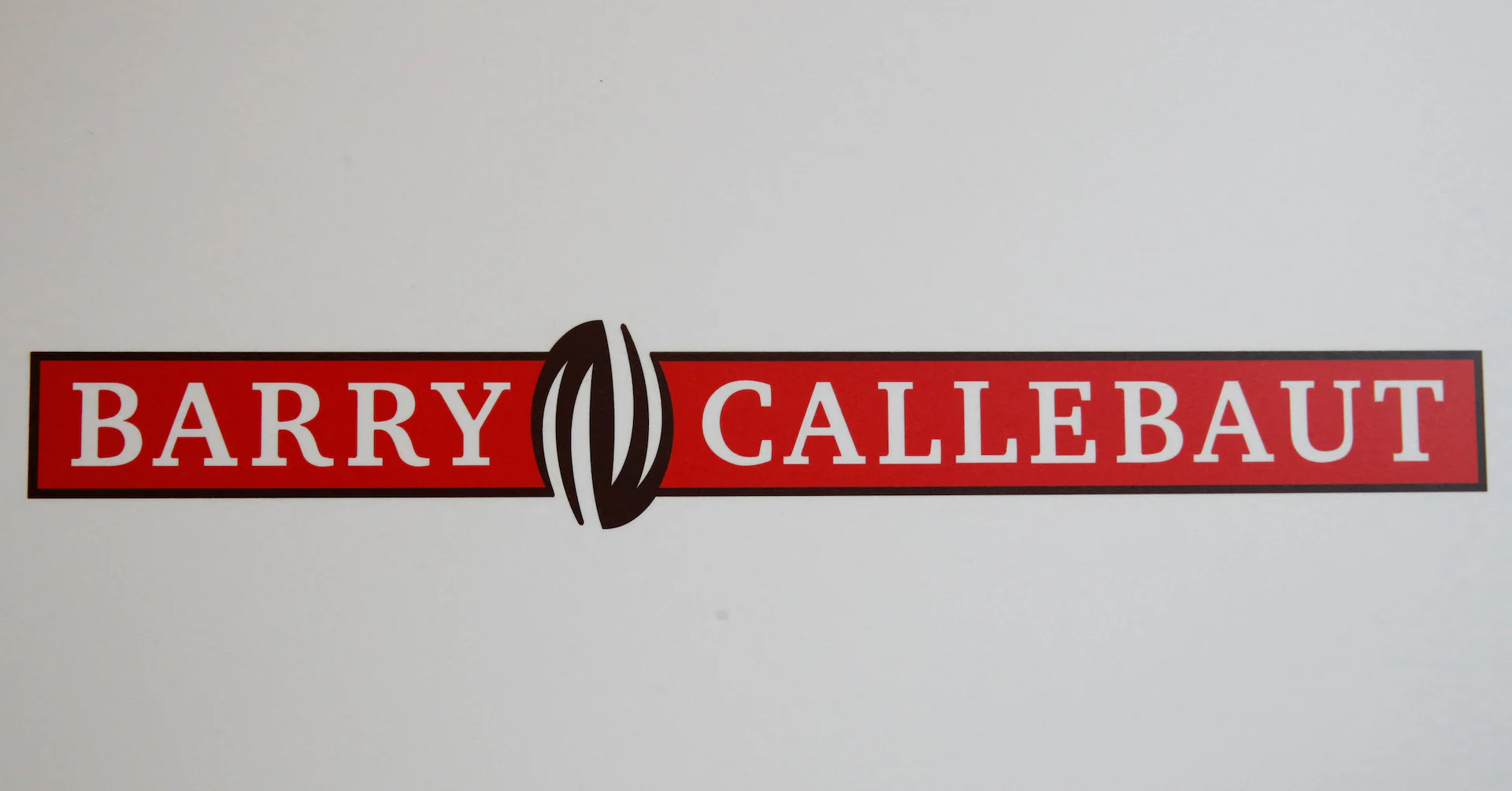By Kaveri Chandrashekar
Copyright yourstory

Kedar Kulkarni joined IIT Madras as a Metallurgy and Material Sciences student – a branch that, as campus lore goes, often helps you discover what you don’t want to do in life. For Kulkarni, that proved true.
What fascinated Kulkarni on campus were the tech students at the Center for Innovation, where students burned beyond the midnight oil to complete projects and innovate.
Drawn by their energy, Kulkarni joined a robotics team representing IIT Madras at the International Aerial Robotics Competition. As a first-year student, he was the least experienced as compared to his teammates. Then came an opportunity: every autonomous robot needs vision to navigate – identifying rooms, reading signboards, and understanding its surroundings. This required building algorithms to help the robot “see.” Since computer vision was largely unexplored within the team at the time, Kulkarni’s newcomer status worked in his favor, getting the freedom to experiment. That hands-on experience became his first real brush with robotics—and ultimately, his entry point into AI.
“The kick of robotics, or AI, was that you spent a night working on it, with just your computer, and the next morning, that robot could be working. That instant gratification was something that drew me to the field,” Kulkarni says.
The birth of HyperVerge
Kulkarni’s journey with startups began unintentionally. Two of his close friends—now HyperVerge co-founders—had landed prestigious internships: one at Microsoft Redmond, the other at Schlumberger. One day, during his internship, co-founder Vignesh Krishnakumar called Kulkarni with the idea of starting a company. Kulkarni brushed it off, urging him to focus on the internship and revisit the idea later.
When his friends returned to India, they visited Kulkarni. He laid out the reality: no venture capital buzz, no big salaries. He even tried to scare them off—twice. But on the third attempt, they returned determined to start.
HyperVerge was born out of a shared desire to solve real-world problems. It was also the same time when deep learning and convolutional neural networks were taking off. The team started by building an app to sort photos, making strides in face and scene recognition.
To fund the idea, they launched a Kickstarter campaign aiming for $50,000 and flew to the US, hoping alumni might contribute. Their expectations were modest – maybe a $10,000 check from someone. Instead, in just 15 days, they raised an astonishing $700,000.
Rebirth: Building a conscious business
One day, the 11-member HyperVerge team sat in a small pantry, asking: If money and societal constraints didn’t exist, what work would we want to do? Answers poured in—healthcare, education, rural employment. Everyone wanted to solve fundamental problems that truly change lives.
The reality? They had only six months of runway left and no clear path forward.
That’s when they met Sridhar Vembu of Zoho. His story showed them that building a financially independent, profitable company enables long-term impact. Zoho’s ability to empower millions of businesses while contributing meaningfully to rural India deeply inspired them.
That day, HyperVerge was reborn—with a vision to build a conscious business: creating strong economic engines that would outlive them, like Tata or Berkshire Hathaway, while simultaneously powering contribution engines that drive social change for generations to come. One of these engines is the HyperVerge Academy, a non profit educational institution, dedicated to driving social impact by offering free AI and technology training to underserved students. So far, the academy has enabled over 190 students to secure tech roles, with an average starting salary of ₹4.2 Lakhs Per Annum (LPA).
The challenges
Today, HyperVerge provides AI-powered digital onboarding and fraud prevention solutionsfor sectors like fintech, banking, insurance, and logistics. To date, HyperVerge has enabled seamless, compliant onboarding for over a billion users for 480+ customers
Early on, the biggest challenge in building AI engines was the availability of training data. Achieving near-perfect accuracy—99.5% on datasets of 10 or 100 million records—required millions of images. But sourcing real data, especially sensitive documents like PAN cards, wasn’t feasible. Errors at scale could be catastrophic; even a 10% error rate could spell millions of failed transactions.
The solution? Synthetic data generation. HyperVerge built datasets from scratch, simulating real-world documents, errors, and even fraud patterns. This allowed them to train AI models tailored for Indian and Southeast Asian conditions without compromising user privacy.
Fraud remains an ever-evolving challenge in the digital world. Bad-faith actors in every society are constantly exploiting loopholes to cause financial or operational losses. HyperVerge’s AI engines are built to detect and prevent these threats—but as fraudsters evolve, so must the defenses.
“It’s a relentless cycle: as we strengthen defenses, new fraud patterns emerge. Over time, this cat-and-mouse game has become something we embrace—pushing our technology to stay ahead, ensuring businesses remain secure in an environment where fraud is not just a risk but an inevitability,” says Kulkarni.
AWS and the power of scale
Kulkarni’s journey with AWS began back in college. Around 2012-2013, building deep learning engines was still confined to desktops and laptops. When AWS launched a program offering $1,000 in credits to student researchers, the team seized the opportunity to set up their first cloud instance, and everything changed.
For the first time, they could process millions of images overnight—something impossible for humans to achieve. This wasn’t just speed; it was scale and accuracy combined. Whether handling 10,000 or 100 million images, the cloud made it possible. That experience revealed what technology could do at scale.
When they started HyperVerge, AWS extended $100K in credits—crucial for a bootstrapped company still chasing product-market fit. Those credits stretched their runway and kept them going.
Today, AWS is a core partner powering HyperVerge’s mission-critical systems. The company works with 75+ banks and NBFCs, where uptime, security, and reliability aren’t optional—they’re everything. If systems stop, onboarding for major financial institutions halts. AWS enables them to maintain the highest standards of availability and security, with strong safeguards against fraud and attacks.
Earlier, the big debate for sensitive applications was always on-prem vs. cloud. Today, AWS has earned that trust. Mission-critical applications run seamlessly on its infrastructure, allowing startups like HyperVerge to scale effortlessly. Setting up an in-house data center would have required months of procurement, permissions, and setup. With AWS, scaling from 1 lakh customers a month to 10x or even 20x that number is frictionless.
“AWS didn’t just give us infrastructure; it gave us agility, resilience, and confidence. For companies like HyperVerge, that has made all the difference,” says Kulkarni.
AI, ethics, and responsibility
AI is advancing at a breathtaking pace, with every organization racing to build the next breakthrough model. But this speed brings challenges—ethical concerns, workforce readiness, and safety. One major area is jobs: as new roles emerge, will people have time to reskill?
Equally critical is decision-making. In sectors like healthcare and defense, we cannot allow systems to take final calls. AI can assist, but a human doctor must perform surgery; a human must approve critical defense decisions.
Then there’s bias. Human prejudices often seep into models, making fairness an ongoing challenge for AI safety. Preventing these biases while building systems at breakneck speed may define the next decade.
The road ahead: AGI and Physical AI?
Kulkarni noted that current AI tools are impressive but still heavily reliant on human judgment. Whether generating content or code, results can be hit or miss. True AGI (Artificial General Intelligence), where human oversight is minimal, remains the big question but nevertheless excites Kulkarni. Many predict the arrival of AGI by 2025–2030, but the path and challenges ahead are unclear.
Another interesting frontier is physical AI. While today’s breakthroughs are confined to digital tasks like writing or coding, replicating human dexterity in the physical world is far more complex. From making a coffee to assembling a device, the gap remains huge. Closing it will demand advances in physics simulators and robust systems for real-world interaction, requiring enormous innovation and resources, but one that could yield great innovation.
Cultivating joyfulness
Outside of work, yoga has been a steady part of Kulkarni’s life for over a decade. He believes that to build a conscious business that creates joy, one must first be joyful themselves—and yoga helps him do exactly that.
He also spends most of his free time with his three-year-old daughter. Watching her grow, learn new things, and develop intelligence is both humbling and fascinating—a daily reminder of how remarkable human potential truly is.



